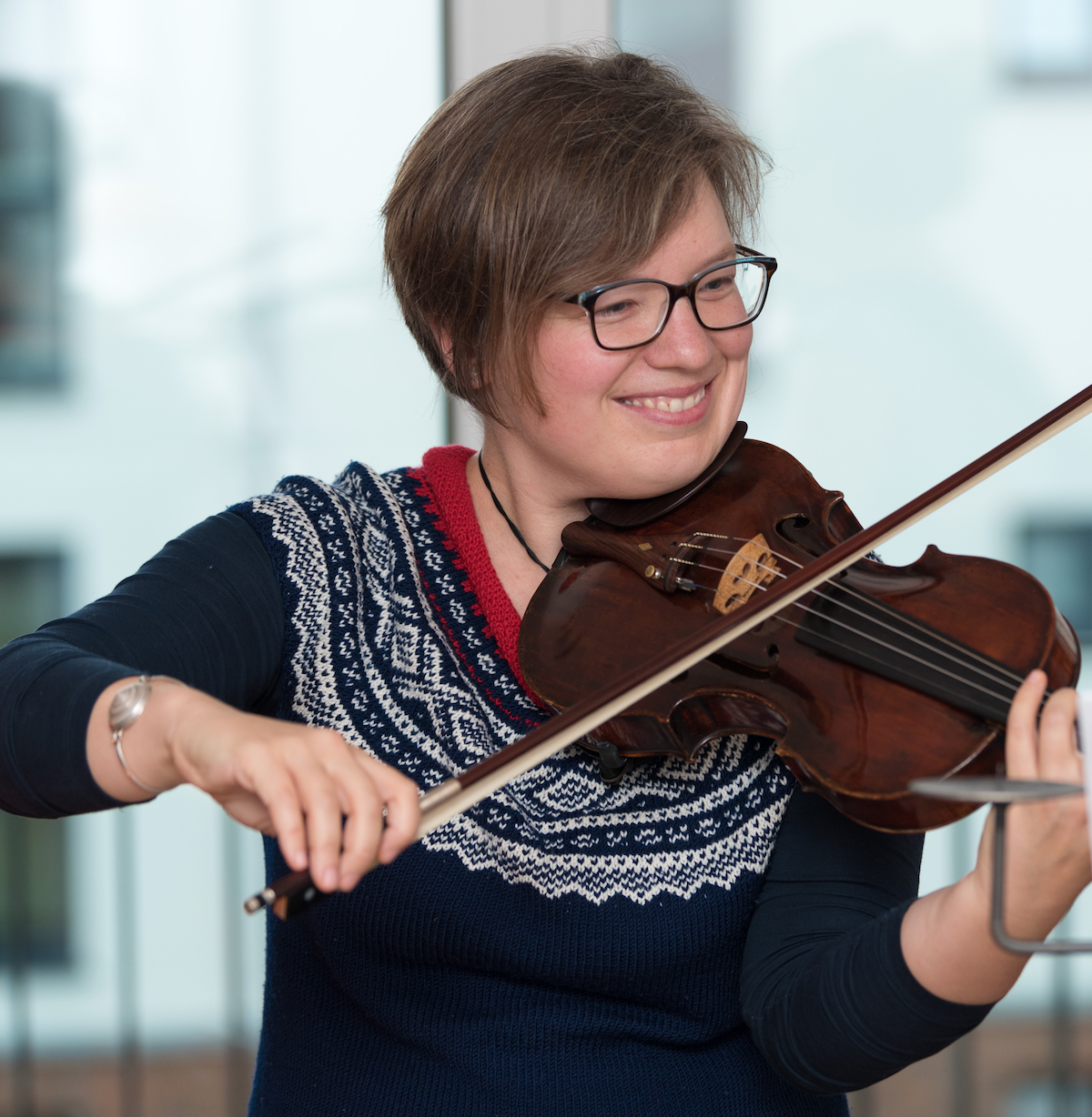
Currently reading: “Choreography and improvisation in hybrid teaching” by Lamb et al. (2025)
This morning on the bus, I came across the article “Choreography and improvisation in hybrid teaching” by Lamb et al. (2025). I previously wrote about dance as a metaphor for how much work a teacher vs a student should put into learning, and I have been thinking a lot about how also the room influences whether we feel cared for, and while I usually just email myself links I find on social media to read later, I was so intrigued that I had to read this one right away!
The article is a reflection on several experiences with hybrid teaching, using choreography and improvisation as metaphors for how people and objects move and relate to each other in teaching spaces, both in planned and in welcome, unplanned but somewhat anticipated ways.
For example, at a rehearsal, we check out the facilities before the actual teaching starts, “seeking to combine a range of human and non-human elements”. What is the room like, how do we set the lights, how does the videoconferencing work? Is the sound system ok, do we want to change the layout of how chairs and tables are distributed? How are people likely to move around in this space?
The choreography are the rules we bring in, like for example requiring students both in the room and online to use the hand-raising feature when they want to talk, to enable equal participation. But also how we lay out the room, what methods we use, what discussion prompts we bring in.
Improvisation can happen for example around students flexibly deciding to attend in person or online, with or without prior warning for the teacher. But improvisation is always also about preparedness and skill, and for example knowing how to quickly switch off ceiling microphones when, accidentally, private conversations start being broadcasted during a break. These skills and experiences are built partly during rehearsal but also during the actual teaching. (McAlpine & Weston (2000) describe the skill to improvise in reaction to unforeseen events in teaching as the “corridor of tolerance” that teachers develop, where they allow for more and more deviation from their initial plan before they feel the need to bring a class “back on track”, trusting the learning process)
Lamb et al. (2025) write “our choreography was informed by the knowledge that we would also need to improvise”, and indeed, “choreography can allow space for improvisation while maintaining overall coherence, and choreography itself can involve improvisation, such as adapting plans in response to emergent needs. This interplay shapes, and is shaped by, flows of movement across different spaces and time.”
I find the combination of choreography and improvisation a very helpful image when thinking about teaching, because it is a good reminder that we need to consider also non-human players, like the room and the technology, but also health concerns or difficulties with commuting, and consider how people are actually moving in the online and physical space, where furniture might be rearranged to not confine or restrict, what lines of sight exist, etc.. And that we might need a rehearsal, not just of our slides, but also of being in the hybrid space and becoming aware of its potential difficulties as well as opportunities. I always love getting a room ready for teaching, bringing in my whiteboard markers and mug, or creating the shared documents participants will be working in, anticipating the actual teaching!
Featured image just because I like this picture :)
Lamb, J., Fawns, T., Noteboom, J., & Ross, J. (2025). Choreography and improvisation in hybrid teaching. Higher Education Research & Development, 44(1), 98–115. Open Access at https://doi.org/10.1080/07294360.2024.2435855
McAlpine, L., Weston, C., Beauchamp, C., Wiseman, C., & Beauchamp, J. (1999). Monitoring student cues: Tracking student behaviour in order to improve instruction in higher education. Canadian Journal of Higher Education, 29(2/3), 113-144.
Higher Education Research and Development says:
Open access at https://doi.org/10.1080/07294360.2024.2435855